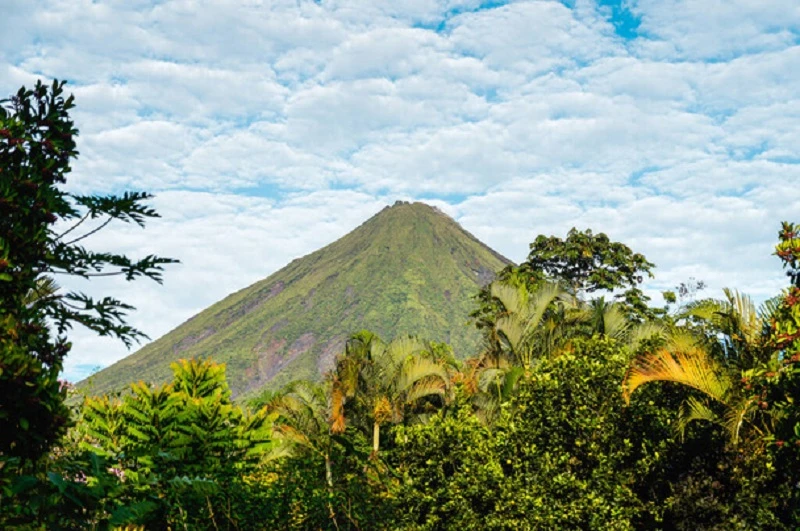
Costa Rica is a Central American beauty that is home to a verdant jungle, beautiful beaches, a plethora of adrenaline-pumping activities, and of-course, a healthy dose of “Pura Vida.”
You really can see and do everything this nation has to offer in just a week if you want to! Since San Jose is home to a sizable international airport and is also where most visitors start their Costa Rica adventures, we’ve chosen to start Costa Rica Itinerary 7 Days trip there.
You will travel from San Jose to La Fortuna, where you will hike volcanoes and chase big waterfalls.
Your journey will conclude in the coastal haven of Manuel Antonio, where you can go on a sunset cruise and go hiking in one of Central America’s top national parks!
This itinerary includes everything you could want: culture, beaches, waterfalls, volcanoes, and animals.
Follow this incredible Costa Rica Itinerary 7 Days to see Costa Rica through our eyes.
Day 1: San Jose to La Fortuna
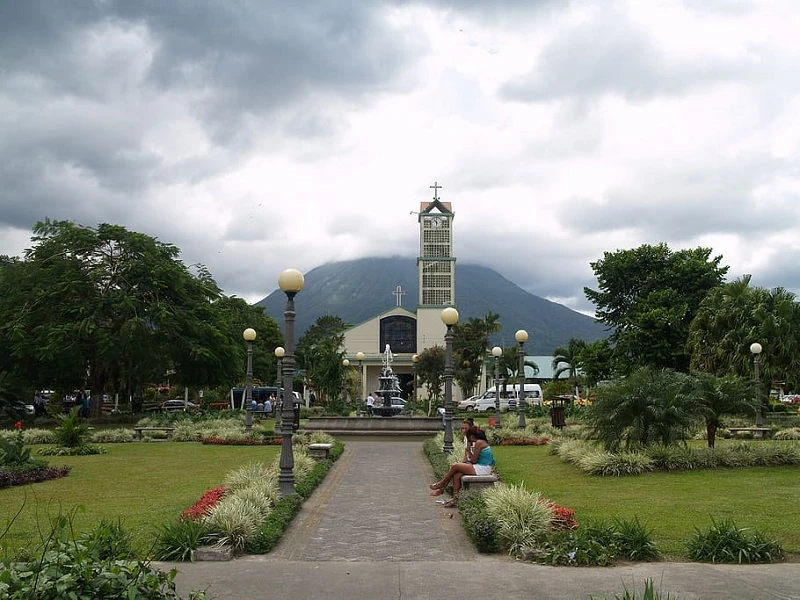
The capital city of Costa Rica and one of its two international airports, San Jose, is where your tour will probably begin. If you just have seven days in Costa Rica, it is not worthwhile to visit San Jose itself. To get to La Fortuna quickly, it’s preferable to rent a car, arrange for a shuttle or tour, or take the local bus.
How to Get From San Jose to La Fortuna
By car: La Fortuna is about a 3-hour drive from San Jose. If you rent a car for this route, you won’t need a 4*4 vehicle because the roads between the destinations are well-paved. However, to prevent any damage from potholes, we advise renting a car that is a little higher than the ground.
By bus or shuttle: The public bus to La Fortuna costs 3.000 CRC (about $5) and departs from downtown San Jose once daily at 8:40 AM. You might also take into account scheduling transport directly from the airport if that time doesn’t work for you.
Accommodations in La Fortuna
Numerous top-notch lodging options in La Fortuna are affordable. If you have your transportation, you may discover the greatest lodging and campgrounds close outside of La Fortuna.
If hot springs are important to your itinerary while visiting Costa Rica, think about booking a hotel that offers hot springs as part of the daily rate.
Day 2: Arenal Volcano and Hot Springs
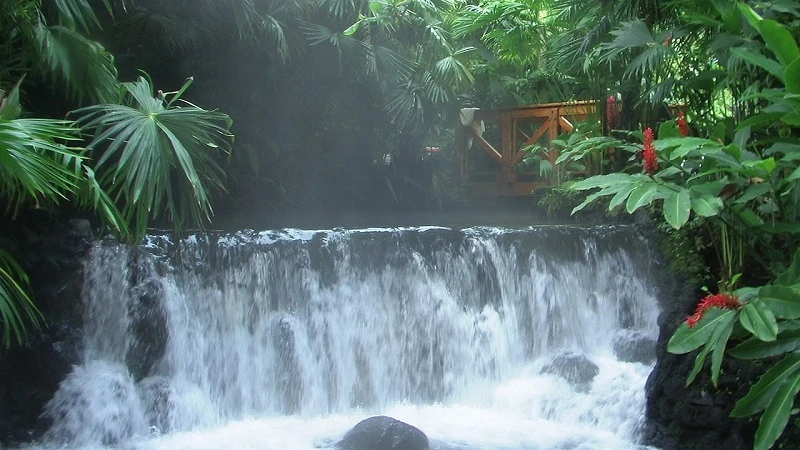
Welcome to La Fortuna, which is renowned for both its stunning natural surroundings and Volcano Arenal. Go on a walk along the distinctive Arenal 1968 trail close to the volcano in the Arenal National Park in the morning. Additionally, it’s a fantastic two-hour trek that leads to a location from which you can see the volcano well.
After the hike, unwind at La Fortuna’s natural hot springs, which are heated by Volcano Arenal to a relaxing 35–38 degrees. The majority of these hot springs are owned by hotels, therefore accessing them requires purchasing a day pass or booking a room there.
We heartily advise visiting Tabacon Hot Springs. However, you can also visit a public hot spring that is free to use.
Day 3: La Fortuna and Driving to Monteverde
Travel to the following town, Monteverde. Stop first at the Mistico Arenal Hanging Bridges, though. Because these unusual hanging bridges are situated within the rainforest’s canopy, you can see fascinating creatures like sloths, tarantulas, and frogs there.
Cross bridges and looks down on the beautiful forest, rivers, and waterfall from an amazing 45 metres (148 feet) above the ground.
By car: Because there is a national park between La Fortuna and Monteverde, you must travel around Lake Arenal to get to Monteverde. Fortunately, it’s a beautiful three-hour drive. No four-wheel drive vehicle is required to visit Monteverde; nevertheless, it is advised to have a somewhat more powerful vehicle for the high hills and to have enough clearance off the ground to avoid any damage from potholes.
By bus or shuttle: Some buses run between La Fortuna and Monteverde, but the journey takes around 7-8 hours. Additionally, if you take the bus, you cannot visit Mistisco. Pick up a shared shuttle instead.
Day 4: Monteverde
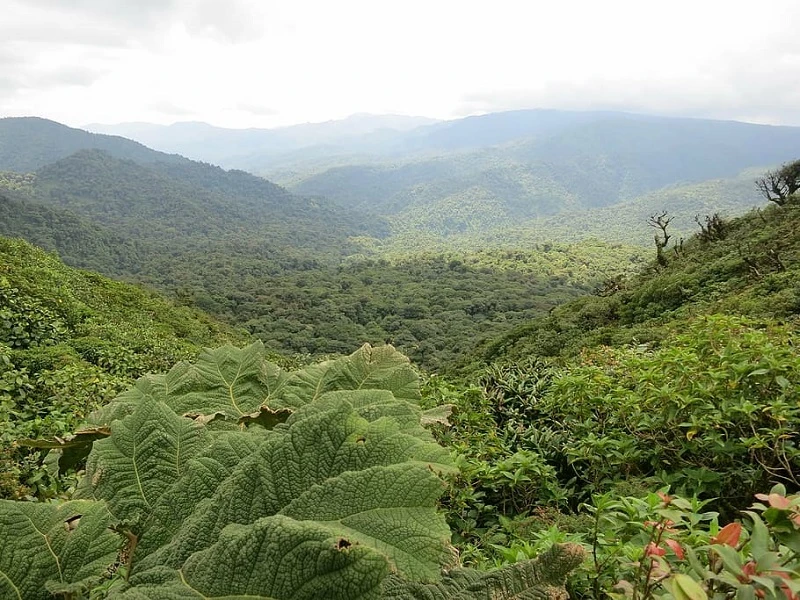
An environmentally rich mountainous region known for its cloud forest is Monteverde. Additionally, it is a protected location where you may see toucans, hummingbirds, and other tropical species easily. Experience the pristine mountain air and the rapidly shifting, wildly variable weather.
Plan a walk in the Monteverde Cloud Forest when visiting Monteverde, followed by a cup of coffee or tea at the Hummingbird Cafe. Join a guided night walk as dusk falls to see species that only emerge in the dark.
Day 5: Drive to Manuel Antonio
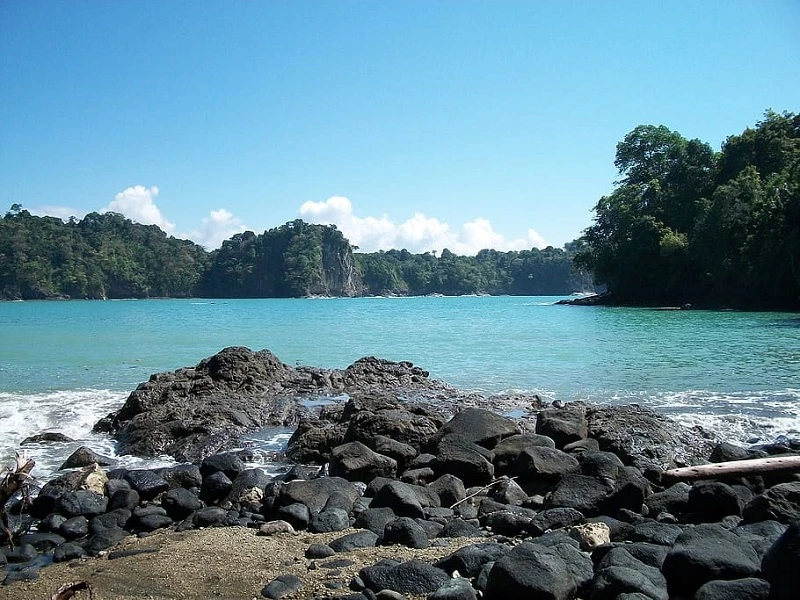
Make your way down to the Manuel Antonio beaches from Monteverde’s cloud forest. A coastal community called Manuel Antonio is encircled by gorgeous white sand beaches and verdant vegetation. However, Manuel Antonio National Park, one of the most stunning national parks in the world, is the reason it is most well-known. You may see a wide variety of species here!
If you arrive in Manuel Antonio at about noon, choose between taking a tour that includes chocolate and coffee and lounging on Playa Espadilla Norte.
How to Get From Monteverde to Manuel Antonio
By car: The longest drive on this Costa Rica Itinerary, 7 Days is from Monteverde to Manuel Antonio, which takes a leisurely 4 hours. All of the roads are decent, therefore a 4*4 vehicle is not necessary. Make a quick stop at the well-known Crocodile Bridge midway through the trip, where you might be able to see crocodiles.
Please refrain from purchasing any meat from the vendors as it is a poor form of wildlife tourism to feed animals. Additionally, it is against the law to feed animals in Costa Rica.
By bus or shuttle: Sadly, there is no direct bus service between Monteverde and Manuel Antonio. Take the Santa Elena (Manuel Antonio) bus to Puntarenas, and then switch to a different bus to get to Quepos. Change buses in Quepos to get to Manuel Antonio.
The entire trip should take 6 to 8 hours and cost around USD 10. Alternatively, arrange for a shuttle to take you directly to both locations.
Where to Stay in Manuel Antonio
Your lodging will cost more the closer it is to Manuel Antonio National Park. Therefore, if you have transportation, we advise lodging anywhere between Quepos and the national park.
Day 6: Manuel Antonio National Park
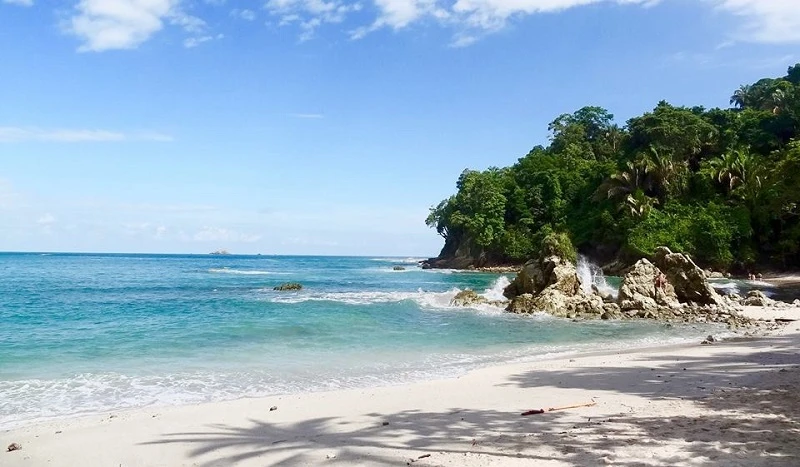
At the untamed and tropical beaches of Manuel Antonio National Park, conclude your Costa Rica Itinerary 7 Days trip. The park is renowned for its richness of wildlife and is one of the top national parks in the world. A lot of lovely pathways also wind through the area. Expect to observe a wide variety of wildlife, including sloths, snakes, and monkeys.
Both Manuel Antonio Beach and Espadilla South Beach, which are stunning beaches and a part of the protected region, are where the walk concludes. The remainder of the day can be spent lounging on the beach, swimming, or viewing the wild, colourful iguanas that frequent the area.
Day 7: Drive back to San Jose
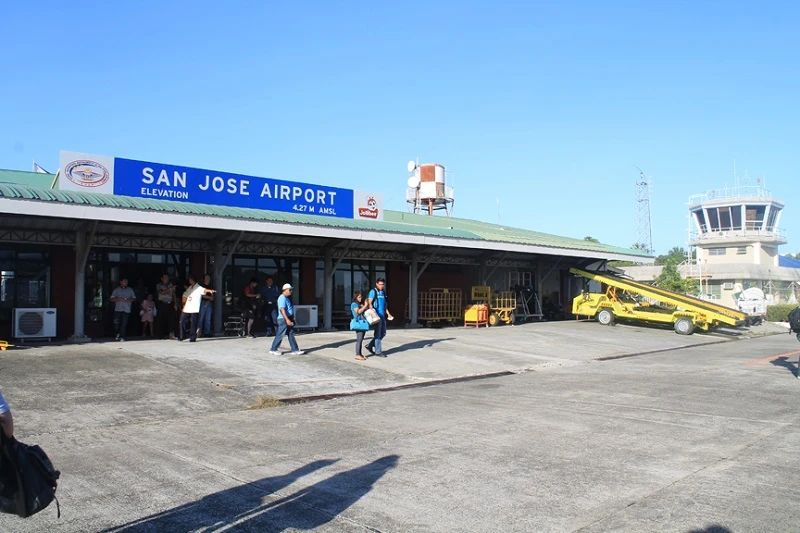
Unfortunately, this is the last day of your Costa Rica Itinerary in 7 Days, which is how all amazing journeys come to an end. Return to the SJO airport, or if you still have time before your flight, you could see another waterfall (like La Paz). Alajuela is a better option than San Jose if you want a hotel close to the airport.
Costa Rica Itinerary 7 Days: How To Get There
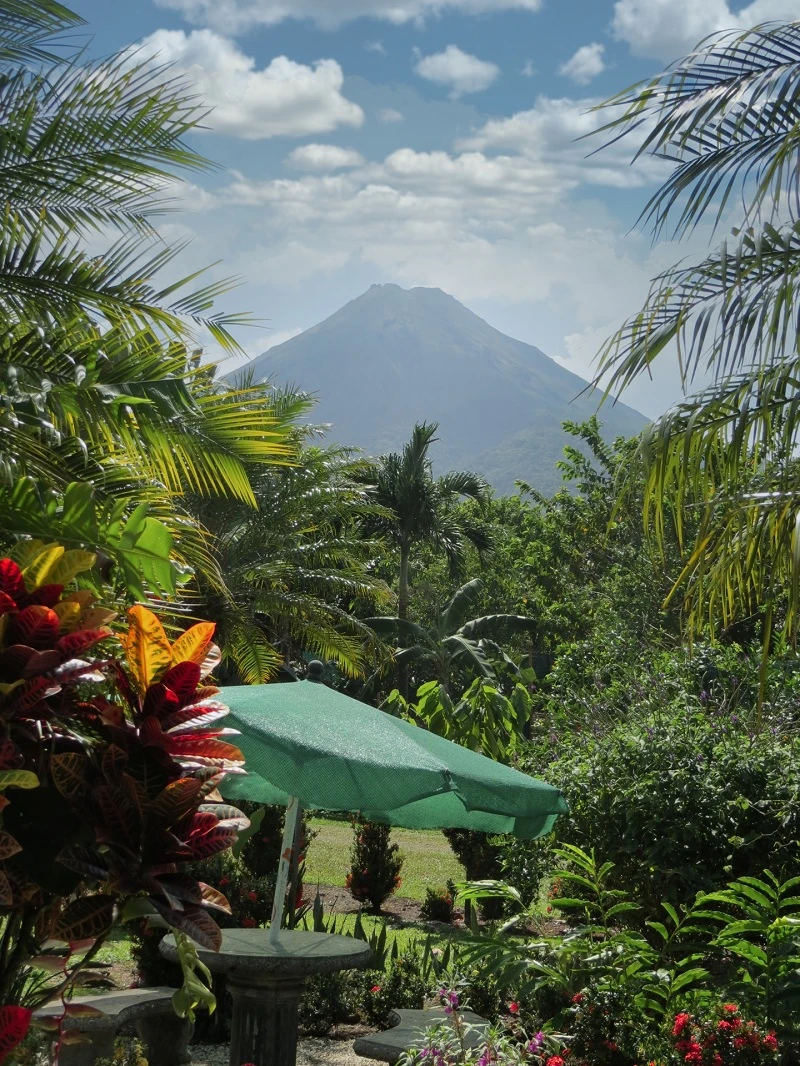
Getting to Costa Rica
In Costa Rica, there are two international airports. Most of the flights land at San Jose International Airport. Keep in mind that there are typically large waits at immigration. Roberts International Airport in Liberia is the second choice. This 7-day Costa Rica itinerary is still doable if you fly to Liberia instead of San Jose.
You require an onward ticket (proof of departure) to enter Costa Rica. If you’re already in Panama or Nicaragua, you can also cross borders from there.
Getting Around Costa Rica
By Car: Renting a car is, by far, the most convenient way to travel throughout Costa Rica. Additionally, you have the flexibility to accomplish your 7-day schedule in Costa Rica because you are free to stop wherever you like and at your leisure. It’s helpful to know that peak season doubles the cost of renting a car.
Driving in Costa Rica
Contrary to what you may have heard or read, most of Costa Rica’s roads are well-paved and in decent shape. If you follow the incorrect route from La Fortuna to Monteverde, the only dirt road you might come across on this journey is that one.
To find the correct roads in Costa Rica, always use the Waze app. Locals who park nearby can approach you and demand a little fee to watch your vehicle. Except for the times they try to overcharge you, this service is generally fine.
By Jeep With Tent or Campervan
Rent a 4×4 jeep in Costa Rica for an even more spectacular vacation where you can sleep and go wherever. In the Corcovado and Guanacaste regions, you have the option to drive through national parks and rivers.
Even though it can seem out of your price range, keep in mind that this serves as your kitchen, transportation, and lodging all in one. This could make your journey less expensive.
By Bus
In Costa Rica, taking a local bus is the least expensive mode of transportation. They visit pretty much every state in the union. It will, however, take much longer. This is because bus lines take detours rather than taking highways directly. Check times in advance as the bus schedules frequently vary.
By Shuttle
In Costa Rica, shuttles (12-seater vans) make door-to-door travel easier. The main shuttle company, Interbus, operates between all significant locations. It is advised to reserve these shuttles in advance, especially during the busy season. We went through that and had no choice but to pay for a costly cab fare.
How Much Does Costa Rica Itinerary 7 Days Cost?
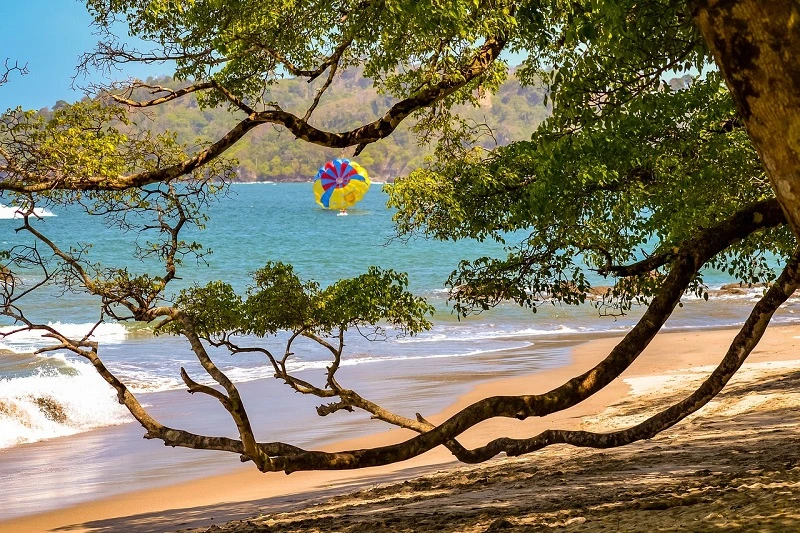
As one of the most biodiversity nations in the world, Costa Rica is home to 5% of the planet’s biodiversity. However, due to the exorbitant costs that go along with the nation’s natural beauty, it is also referred to as the “Switzerland of Central America.”
Travel expenses in Costa Rica
Costs in Costa Rica range from $900 to $3070 per person per week, depending on things like lodging, travel, and activities. Flights are not included in this pricing. Banco Nacional, BCR, Citibank, and Scotiabank are reliable ATMs in Costa Rica. Movistar, Claro, and Kolbi are the top three sim card suppliers in the nation. According to our observations, Movistar has the strongest connectivity across the entire nation.
Costa Rica Itinerary 7 days: Best Time to visit
Mid-December through April is the ideal time to visit Costa Rica. It is the height of the sunniest season, with brief showers every few days. The country of Costa Rica has average temperatures between 15 and 30 degrees. Additionally, this is the most expensive and crowded period to travel to Costa Rica.
The rainy season lasts from the end of April until the end of November, with October seeing the highest precipitation. However, there’s no need to panic because it only rains occasionally throughout the day. Additionally, you can save a third of your overall trip expenditure by going during this time because it is considerably more reasonable.
Is it Safe in Costa Rica?
Yes, tourists visiting Costa Rica often feel extremely safe while exploring the nation. Additionally, it has Central America’s lowest rate of violent crime. It has issues with drug trafficking, poverty, and pickpockets like the majority of Latin American nations, but most visitors won’t encounter these issues.
Since 1948, Costa Rica has not had an army because the population believes that disputes should be settled by negotiation.
Is 7 days enough for Costa Rica?
Despite Costa Rica’s tiny size, 7 days may give visitors a satisfying experience and a sample of the country’s attractions.
It enables you to travel to some of the well-known locations and take part in a variety of activities including visiting national parks, taking advantage of lovely beaches, observing animals up close, and getting lost in the local culture.
There are, however, a lot of attractions in Costa Rica, and there is always more to see and do there. If you had additional time, staying longer would provide a more leisurely and thorough tour of the nation. The length of your trip ultimately relies on your tastes, hobbies, and the particular sites you want to see.
How many days should I plan for Costa Rica?
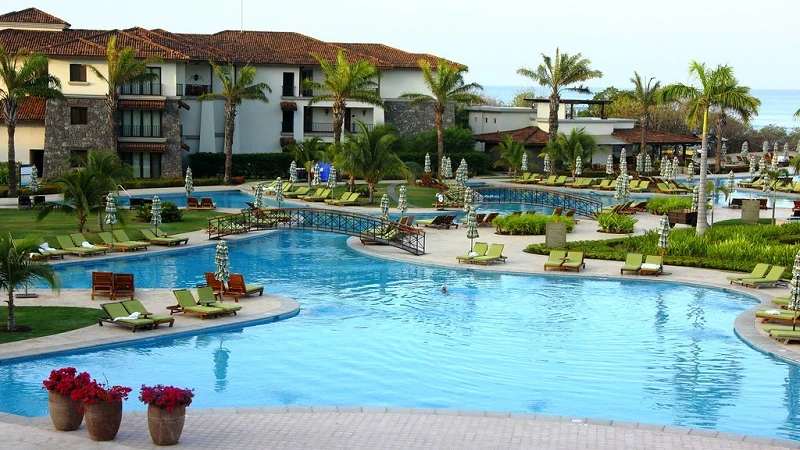
The best amount of time to spend in Costa Rica will depend on your interests, the locations you want to see, and the activities you want to do. While a satisfying experience may be had in as little as 7 to 10 days, a more thorough investigation of Costa Rica’s many attractions requires a stay of at least 2-3 weeks.
This period of time offers plenty of chances to go to other places, encounter various ecosystems, and take part in a range of activities.
Here is a general breakdown of how you may spend your time:
7–10 days: You can concentrate on one or two areas during this period, such as The Central Valley, The Arenal Volcano, The Monteverde Cloud Forest, or the Pacific coast. This makes it possible to blend activities like visiting national parks, unwinding on beaches, and being immersed in the culture.
2 weeks: With two weeks, you may add other locations including the Caribbean coast, Tortuguero National Park, and Manuel Antonio National Park. This offers a more well-rounded encounter with Costa Rica’s natural splendour, wildlife, and coastline allure.
3 weeks or more: You may extend your journey to include off-the-beaten-path locations like the Nicoya Peninsula, Osa Peninsula, Corcovado National Park, and the isolated northern district of Guanacaste. This makes it possible to explore Costa Rica’s biodiversity, outdoor pursuits, and untainted landscapes in greater detail.
How much does a week in Costa Rica cost?
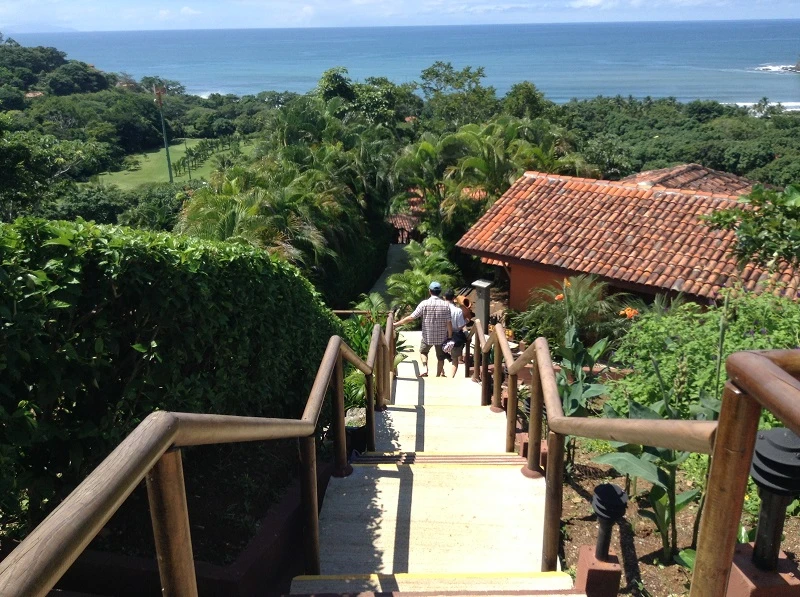
The price of a one-week trip to Costa Rica might change based on several variables, including your travel preferences, lodging options,of variables, including your travel preferences, your lodging options, your activities, and the time of year you go.
From budget backpackers to luxury tourists, Costa Rica can accommodate a variety of budgets. To give you a broad notion of costs, see the following:
Accommodation: Hostels and guesthouses that provide inexpensive lodging often charge between $10 and $50 per night. Mid-range lodgings often range in price from $50 to $150 per night. The cost of a night at a posh resort might range from $150 to several hundred dollars.
Transportation: The cost of a one-way domestic flight between two Costa Rican cities can range from $50 to $150 per person. With costs that range from a few dollars for shorter trips to about $20 for longer routes, public buses are a more cost-effective choice. Depending on the automobile and the length of the rental, renting a car might cost anywhere from $40 to $100 each day.
Food: A regular lunch at one of the neighbourhood “sodas” (little local eateries) might cost anywhere between $5 and $10. A lunch at a mid-range restaurant may cost between $10 and $25, but a meal at an expensive restaurant would cost between $25 and $50 or more per person.
Activities: The cost of activities can vary greatly in Costa Rica. National parks, for instance, charge $10 to $25 for each person to enter. Depending on the activity and location, the cost of adventure activities like zip-lining, rafting, or canopy tours can range from $50 to $150 per person.
A typical budget for a week-long trip to Costa Rica might run from $800 to $2,000 per person, including lodging, travel, food, and activities. Costs might be modified based on your tastes and selections; this estimate is for a mid-range trip experience.
To acquire a more precise estimate based on your unique demands and preferred degree of comfort, it is always a good idea to plan and conduct research before your trip.
Conclusion
Making the most of your time and seeing the attractions of this alluring location is possible with a well-planned Costa Rica Itinerary 7 Days.
Each day offers a fresh chance for exploration and adventure, whether you decide to climb through the foggy cloud forests of Monteverde, soak in volcanic hot springs close to Arenal, or simply unwind on the sun-kissed beaches of Manuel Antonio.
Both nature lovers and adventure seekers will find Costa Rica to be a dream trip because of its incredible biodiversity and dedication to sustainability.
